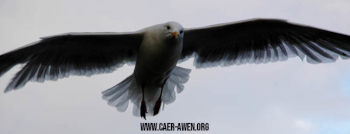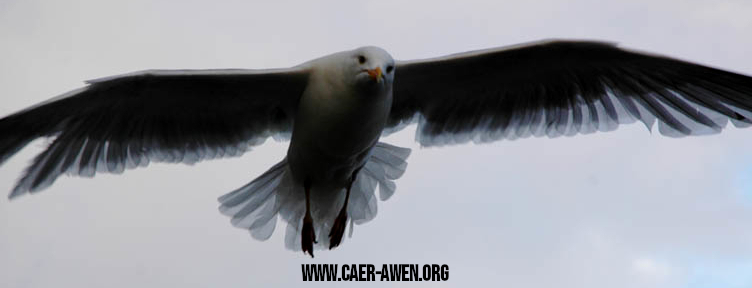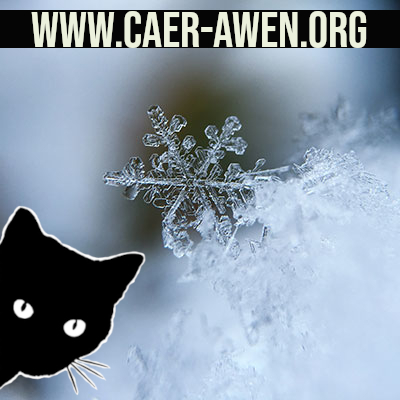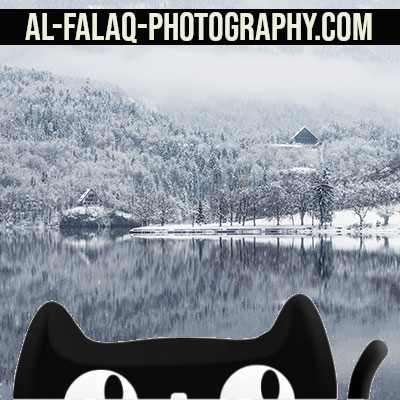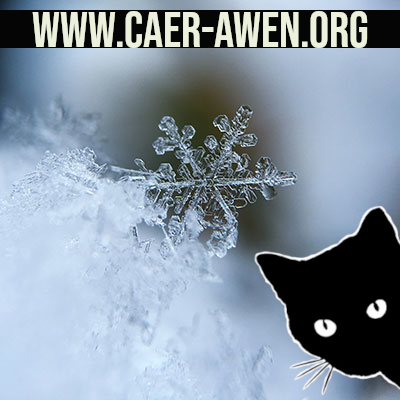These #photographs are from the iconic Eilean Donan Castle in Scotland and they were taken on the 4th of June 2004.
The Gallery, Above, contains a selection of colour edited images.
Eilean Donan is one of the most remarkable Castles of Scotland because it is not a ruin so visitors can experience a real lived in working structure.
Eilean Donan is located on the edge of the water and has a lovely old bridge that links the Castle to the mainland which is very picturesque.
The location is only a short drive from Kyle of Lochalsh and the Skye Bridge so it's worth taking the time to visit if you are driving up or down the East Coast of Scotland.
The Galleries, Above, contains a selection of curated camera proofs for narrative context and your viewing pleasure.
"Eilean Donan is recognised as one of the most iconic images of Scotland all over the world. Situated on an island at the point where three great sea lochs meet, and surrounded by some majestic scenery, it is little wonder that the castle is now one of the most visited and important attractions in the Scottish Highlands.
Although first inhabited around the 6th century, the first fortified castle was built in the mid 13th century and stood guard over the lands of Kintail. Since then, at least four different versions of the castle have been built and re-built as the feudal history of Scotland unfolded through the centuries.
Partially destroyed in a Jacobite uprising in 1719, Eilean Donan lay in ruins for the best part of 200 years until Lieutenant Colonel John MacRae-Gilstrap bought the island in 1911 and proceeded to restore the castle to its former glory. After 20 years of toil and labour the castle was re-opened in 1932.
The name Eilean Donan, or island of Donan, is most probably called after the 6th century Irish Saint, Bishop Donan who came to Scotland around 580 AD. There are several churches dedicated to Donan in the area and it is likely that he formed a small cell or community on the island during the late 7th century.
The first fortified structure was not built on the island until the early 13th century as a defensive measure, protecting the lands of Kintail against the Vikings who raided, settled and controlled much of the North of Scotland and the Western Isles between 800 and 1266. From the mid 13th century, this area was the quite seperate “Sea Kingdom” of the Lord of the Isles where the sea was the main highway and the power of feuding clan chiefs was counted by the number of men and galleys or “birlinns” at their disposal. Eilean Donan offered the perfect defensive position.
Over the centuries, the castle itself has expanded and contracted in size. The medieval castle was probably the largest, with towers and a curtain wall that encompassed nearly the entire island. The main keep stood on the island’s highest point. Around the end of the 14th century the area of the castle was reduced to about a fifth of its original size and, although the reason is unclear, it probably relates to the number of men required to defend the structure. By the 16th century a hornwork was added to the east wall to offer a firing platform for the newly introduced cannons.
Eilean Donan also played a role in the Jacobite risings of the 17th and 18th centuries, which ultimately culminated in the castle’s destruction…
In 1719 the castle was garrisoned by 46 Spanish soldiers who were supporting the Jacobites. They had established a magazine of gunpowder, and were awaiting the delivery of weapons and cannon from Spain. The English Government caught wind of the intended uprising and sent three heavily armed frigates The Flamborough, The Worcester, and The Enterprise to quell matters. The bombardment of the castle lasted three days, though met with limited success due to the enormity of the castle walls, which in some places are up to 14 feet thick. Finally, Captain Herdman of The Enterprise sent his men ashore and over-whelmed the Spanish defenders. Following the surrender, the government troops discovered the magazine of 343 barrels of gunpowder which was then used to blow up what had remained from the bombardment…
For the best part of 200 years, the stark ruins of Eilean Donan lay neglected, abandoned and open to the elements, until Lt Colonel John Macrae-Gilstrap bought the island in 1911. Along with his Clerk of Works, Farquar Macrae, he dedicated the next 20 years of his life to the reconstruction of Eilean Donan, restoring her to her former glory. The castle was rebuilt according to the surviving ground plan of earlier phases and was formally completed in the July of 1932.
There are four generations of the MacRae family past, present and future who are still the Constables of Eilean Donan Castle today. You can explore nearly every part of the castle and enjoy a journey through the history of the area".
From: www.eileandonancastle.com
Keep Smiling and Thank you for your Visit! Please Buy us a Coffee to Support our Community Work or Contact Us to Arrange to purchase a Print Sized Image or a signed limited edition print.
